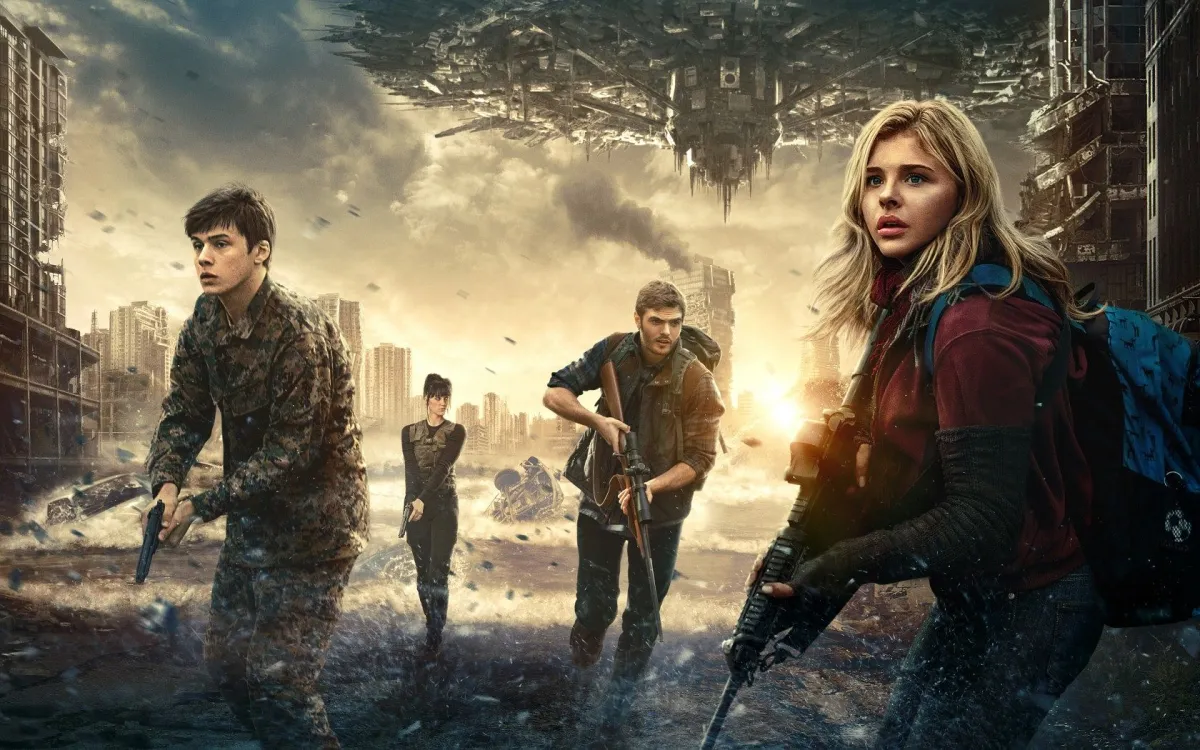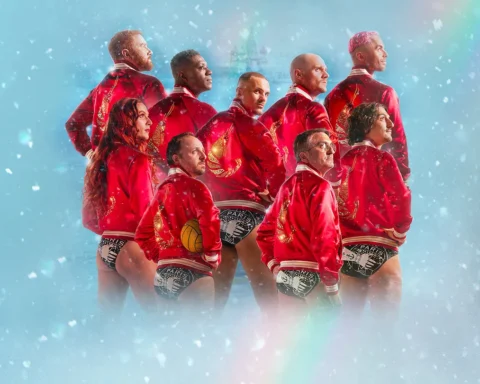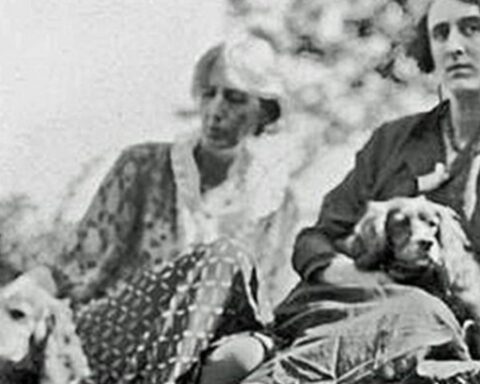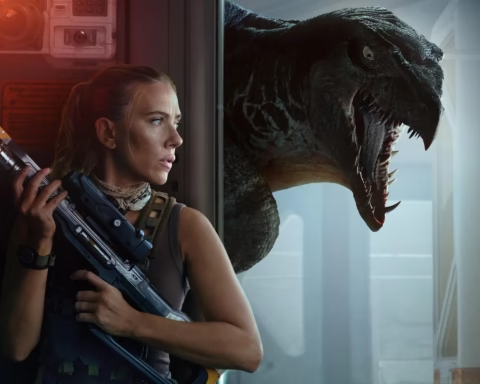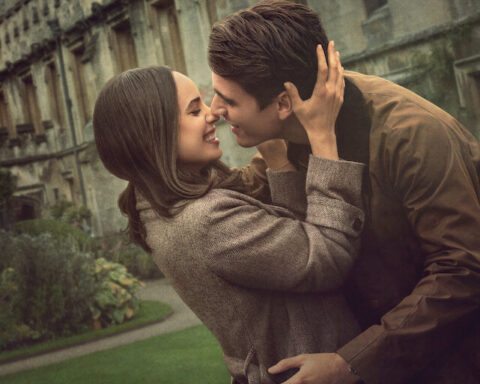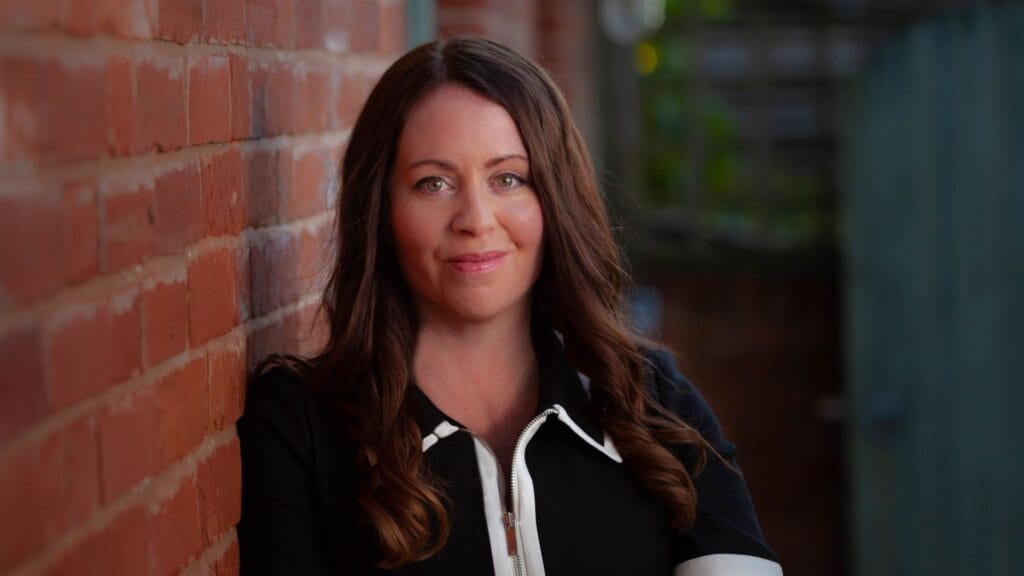‘The Fifth Wave,’ a renowned young adult science fiction novel authored by Rick Yancey, immerses readers in a dystopian reality where Earth is under siege by a mysterious alien force. Released in 2013, the novel unravels a thrilling narrative set against the decimation of humanity through a sequence of catastrophic waves. Each wave, more devastating than the previous, systematically exterminates the human population, thrusting survivors into a relentless battle for survival.
Central to this gripping tale is Cassie Sullivan, a resilient teenage protagonist whose life is irrevocably altered by the invasion. Cassie embodies the novel’s core theme of survival against insurmountable odds, her journey propelled by the desperate need to find her younger brother, Sammy. Her evolution from a high school student into a formidable warrior captures the readers’ attention, embodying the novel’s exploration of hope amidst despair.
The novel’s adept blend of suspense and humanity garnered critical acclaim and a dedicated following, paving the way for its cinematic adaptation. Released in 2016, the movie adaptation of ‘The Fifth Wave’ sought to translate the book’s intense atmosphere and intricate plot onto the big screen. Directed by J Blakeson and featuring Chloë Grace Moretz as Cassie, the film captured the essence of Yancey’s story but received mixed reviews, with some praising its faithfulness to the source material while others felt it didn’t fully capture the novel’s depth and intricacies.
Both the book and the movie explore profound themes of resilience, human connection, and the indomitable will to persevere in the face of extinction. ‘The Fifth Wave’ continues to resonate with audiences, sparking discussions on the juxtaposition of a believable dystopian scenario with the unyielding spirit of a determined few who strive to reclaim a semblance of normalcy in a ravaged world.
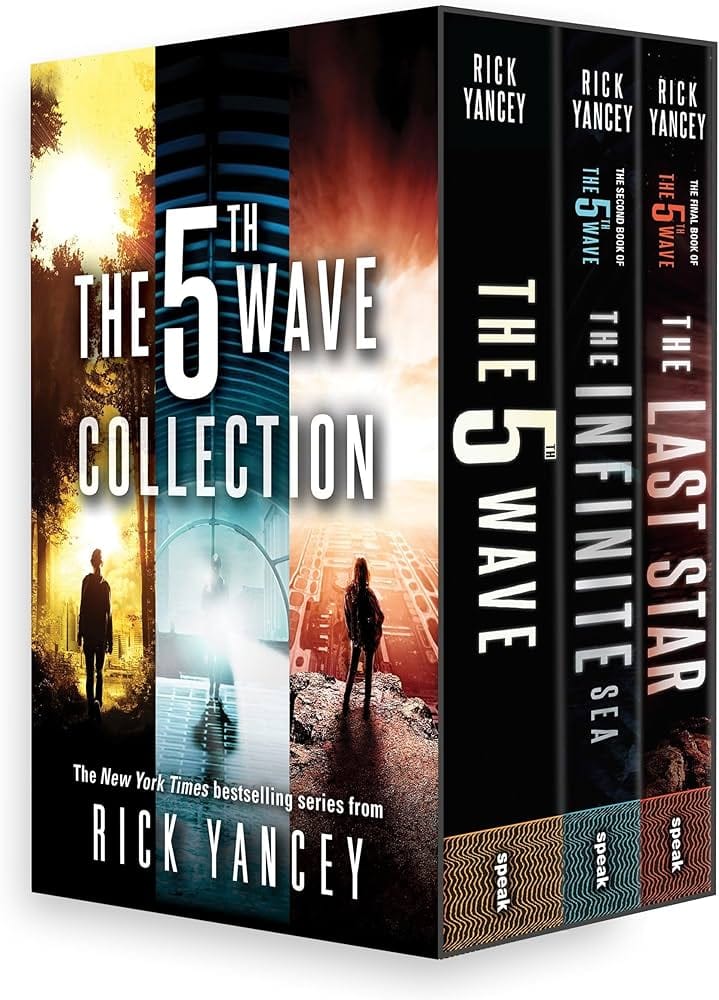
Comparing the Book and the Movie
The adaptation of Rick Yancey’s renowned novel ‘The Fifth Wave’ into a movie has drawn both praise and criticism from fans and critics alike. While the overarching narrative remains consistent across both mediums, numerous key differences shape their unique storytelling experiences. One of the primary divergences lies in the plot’s details. The book offers a more intricate exploration of the protagonist Cassie Sullivan’s inner thoughts and background, allowing readers a deeper understanding of her motivations and the world she inhabits. The movie, constrained by its runtime, condenses several plot points and simplifies character arcs to maintain a brisk pace.
Character development is another area where the book and movie diverge. The novel delves deeply into Cassie’s psychological struggles and the complexity of her relationships, particularly with her brother Sammy and her love interest, Evan Walker. In contrast, the film’s portrayal of these relationships occasionally feels rushed, leaving some emotional nuances unexplored. This has been particularly criticized in reviews, with some fans feeling that the movie’s adaptation skimmed over crucial character moments that were pivotal in the book.
Significant scenes were also altered or omitted in the transition from page to screen. For instance, the book delves into the intricacies of the different ‘waves’ of alien attacks, providing a comprehensive background that enhances the sense of dread and urgency. The movie, however, opts to streamline these events, sometimes at the expense of narrative depth. Some fans argue that the book’s detailed approach to the alien invasion was more effective at building suspense and conveying the dire stakes faced by humanity.
Regarding tone and pacing, the book’s methodical buildup of tension contrasts with the movie’s fast-paced, action-oriented approach. The novel allows readers to linger in moments of fear and uncertainty, enhancing the story’s emotional impact. The film, however, prioritizes visual spectacle and rapid progression, which some viewers found less immersive. Critical reviews often reflect these sentiments, highlighting the novel’s richer emotional landscape compared to the movie’s more superficial treatment of suspense and drama.
Fan reactions to both the book and the movie have been mixed. Enthusiasts of the novel often express disappointment with the film’s adaptation, citing the loss of depth and character complexity. Conversely, some viewers who were introduced to ‘The Fifth Wave’ through the movie appreciate the fast-paced, visually-driven narrative. Ultimately, while the mediums offer distinct experiences, they each have their own merits and drawbacks, contributing uniquely to the story of ‘The Fifth Wave.’
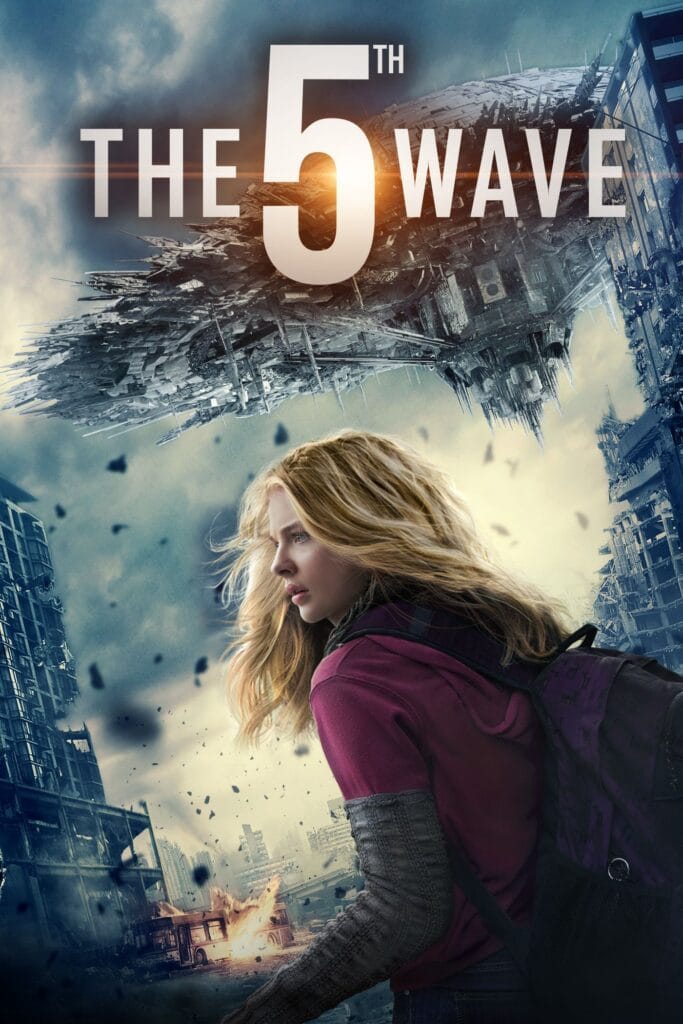
Character Portrayals: Page vs. Screen
One of the most vibrant elements of Rick Yancey’s novel, The Fifth Wave, is its complex character portrayals. In transitioning from page to screen, certain nuances were inevitably altered, influenced by various factors including time constraints and creative liberties. The protagonist, Cassie Sullivan, is a resilient and multifaceted character both in print and on film. Chloe Grace Moretz, who portrays Cassie in the movie, brings a tangible vulnerability and strength to the role. While many viewers found Moretz’s performance compelling, some critics noted a slight departure from the book’s depiction of Cassie, who is profoundly introspective and nuanced.
Ben Parish, also known as “Zombie,” undergoes significant characterization in both mediums. Nick Robinson’s portrayal of this battle-hardened yet compassionate leader in the movie closely mirrors the novel’s depiction. Readers appreciated how Robinson captured Zombie’s internal conflict and transformation. However, some felt that the movie didn’t delve as deeply into his psychological turmoil as the book did, possibly due to runtime limitations.
Evan Walker, portrayed by Alex Roe, presents a unique challenge in adaptation. The enigmatic and enigmatic character of Evan, who plays a crucial role in Cassie’s story, is rendered with a blend of mystery and complexity. Roe’s portrayal has been praised for its emotional depth, though critics have pointed out that the movie adaptation slightly downplays Evan’s conflicted nature, as described in the book’s more elaborate narrative.
Secondary characters also undergo subtle shifts. For instance, Ringer, played by Maika Monroe, maintains her fierce independence and strategic mind, though her backstory and relationships are somewhat condensed in the film. Critics and readers alike have offered varied opinions on these alterations. One critique from a Reddit user stated, “While the actors did an exceptional job, the movie streamlined too many character backgrounds which are pivotal for understanding their motivations.”
In balancing fidelity to the source material with the constraints of cinematic storytelling, The Fifth Wave film adaptation presents an intriguing examination of characters who have captured the imaginations of many. Whether on page or screen, the essence of these characters continues to resonate with fans, even in the face of noticeable changes.
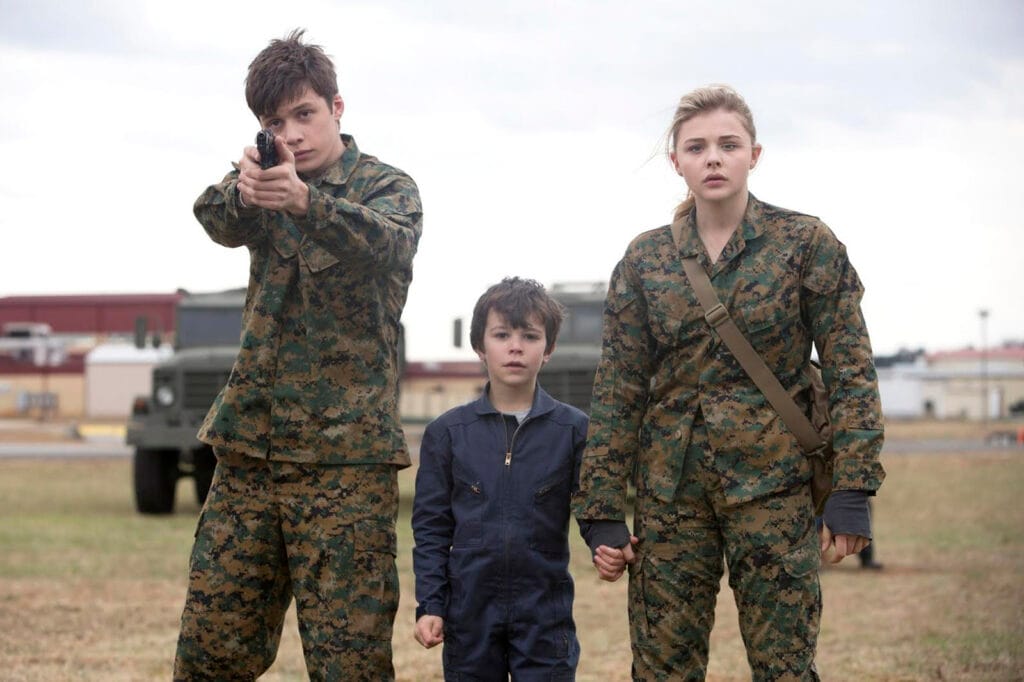
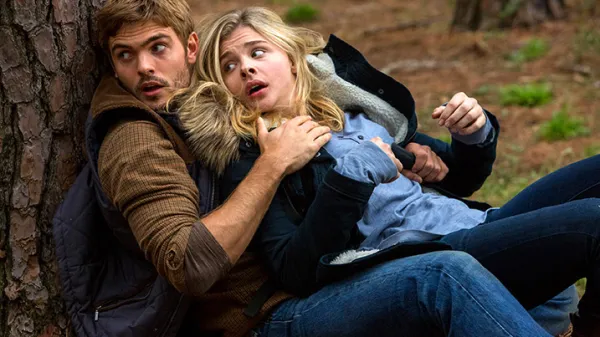
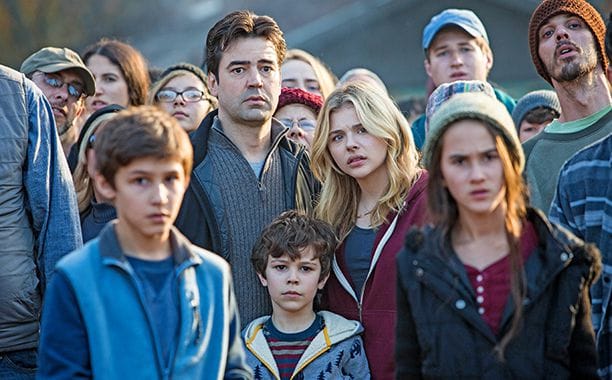
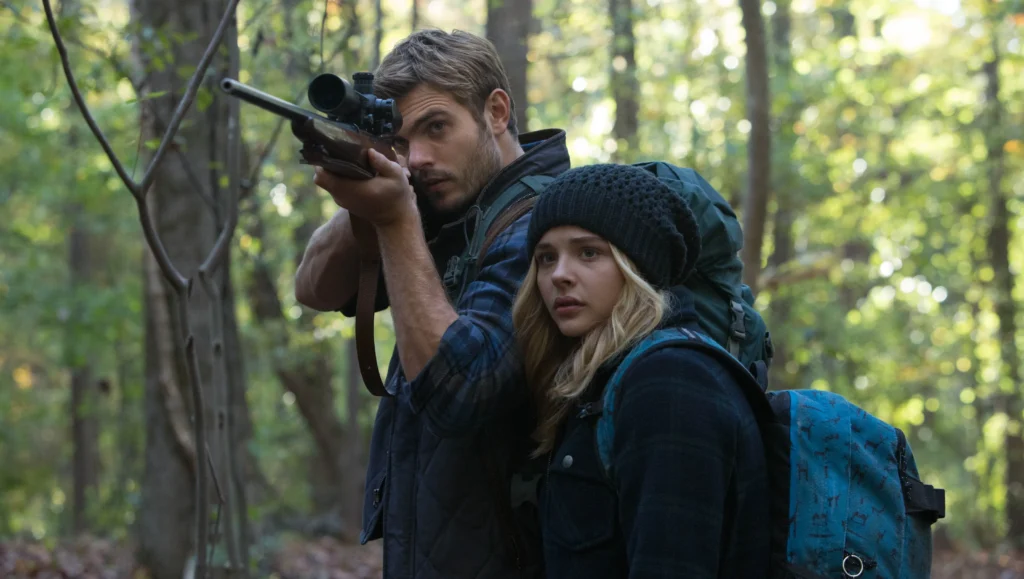
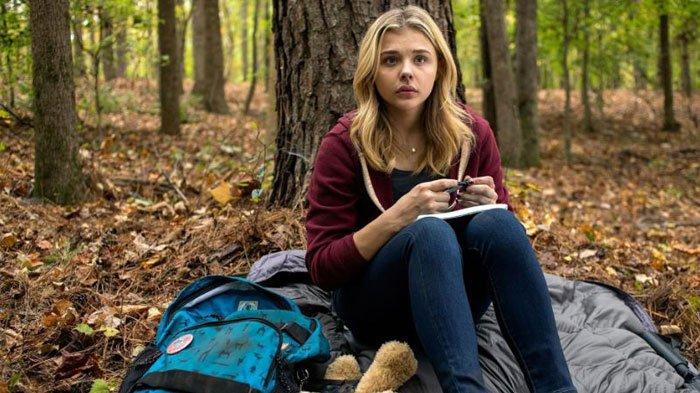
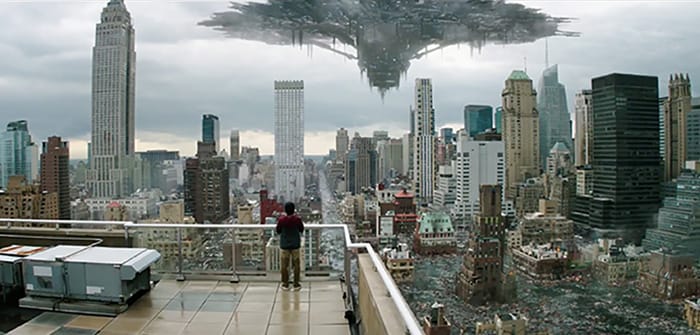
Thematic Elements and Audience Reception
‘The Fifth Wave’ explores several core themes such as survival, humanity, trust, and resilience. In Rick Yancey’s novel, these themes are intricately woven into the characters’ journeys and the apocalyptic setting. The narrative delves deeply into the psychological and emotional impacts of an alien invasion, highlighting the strains on human bonds and individual fortitude. The protagonist, Cassie Sullivan, epitomizes these struggles as she navigates a world turned hostile, underscoring the fragility and strength inherent in human nature.
The film adaptation of ‘The Fifth Wave,’ directed by J Blakeson, attempts to capture these thematic elements but achieves mixed results. While the movie maintains the overarching narrative of survival and trust amidst chaos, its condensed runtime and necessity to appeal to a broader audience often result in a more shallow exploration. The visual medium allows for a vivid portrayal of the apocalyptic environment, but crucial internal monologues and nuanced character developments from the book are either glossed over or entirely absent. This shift often results in a diluted impact of the thematic substance that was more profound in the literary version.
When it comes to audience reception, book fans generally have a more critical take on the movie, citing the omission of key plot points and the superficial treatment of complex themes. Conversely, movie-goers who were unfamiliar with the book series often found the film engaging but noted an evident sense of a story that lacked deeper emotional connections. The film’s attempt to cater to the young adult demographic is apparent, which may explain some of its deviations from the source material.
The movie, while visually engaging and action-packed, did not fully resonate with the book’s audience in terms of theme translation. However, it did succeed in introducing the story to a new audience, potentially encouraging them to explore the original book series for a richer and more in-depth understanding of ‘The Fifth Wave’s’ underlying themes. It served as an accessible entry point, though it fell short of capturing the novel’s full thematic weight for those already familiar with Yancey’s intricate world.
